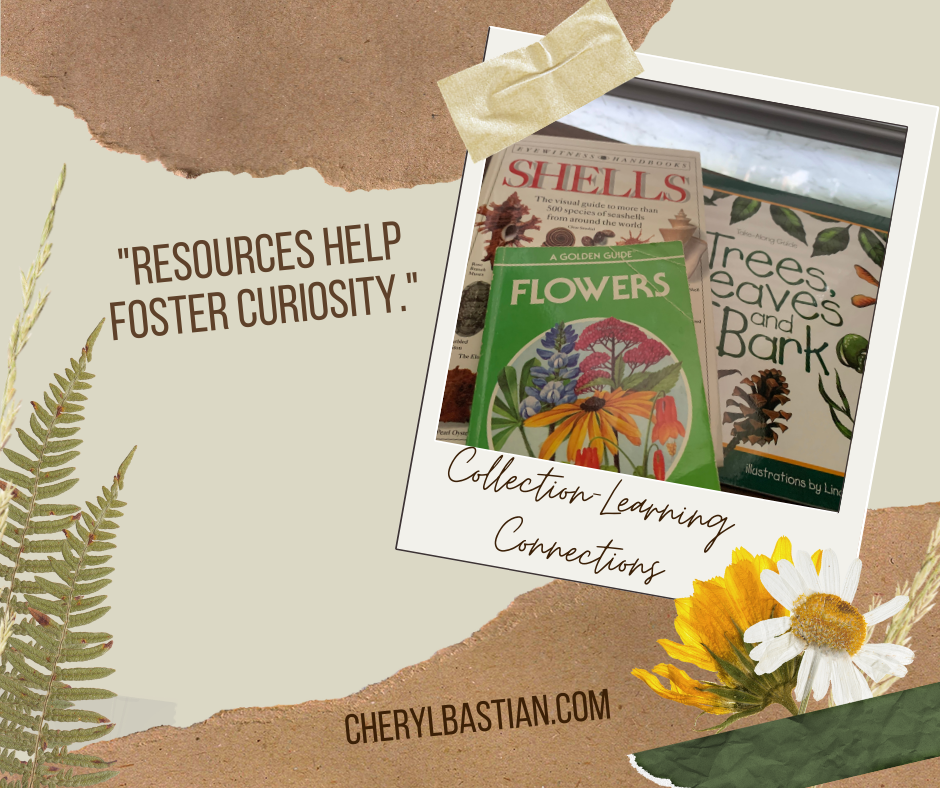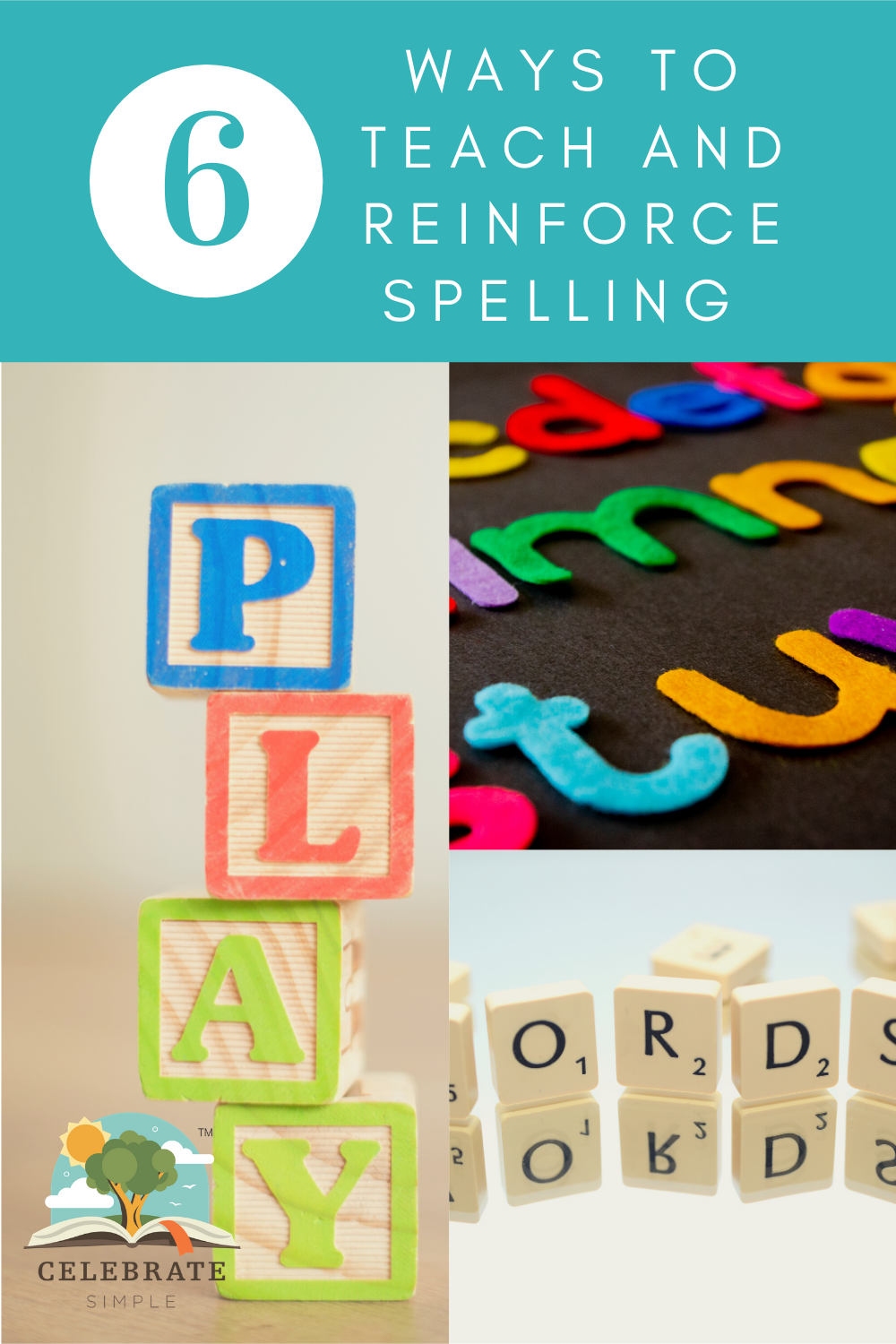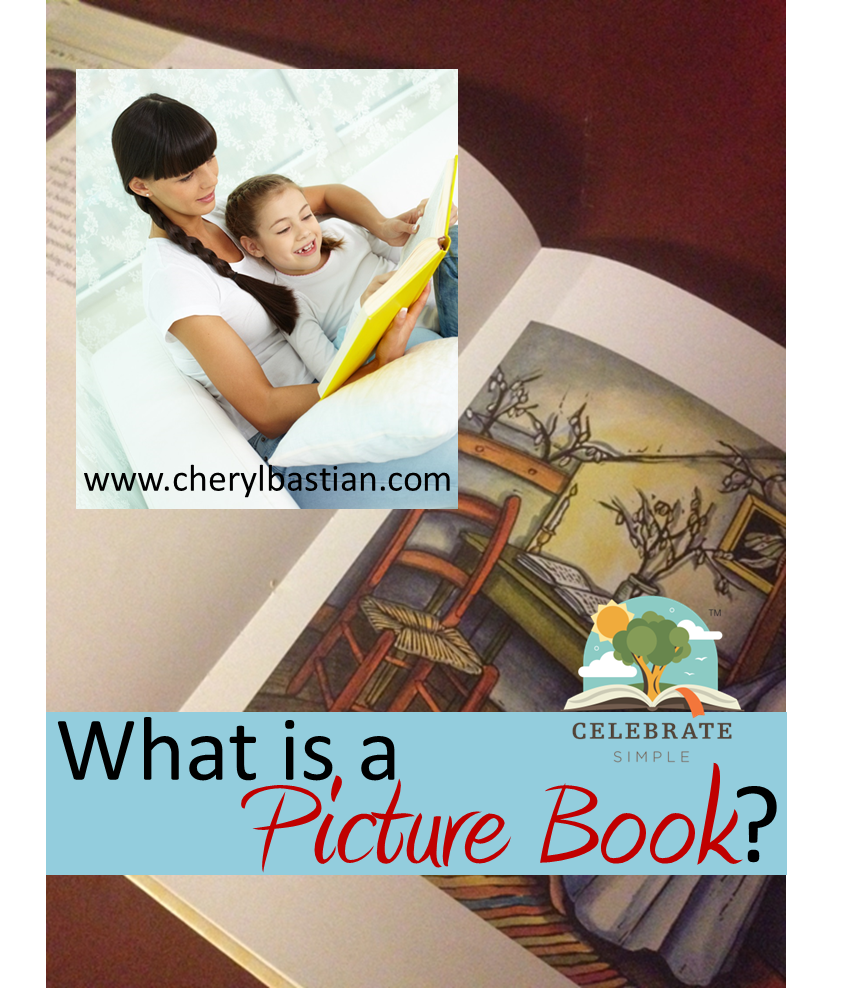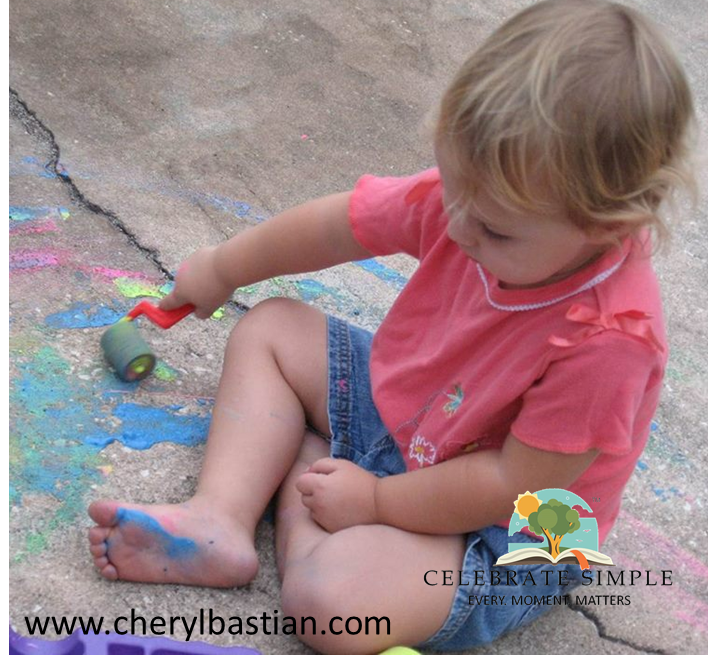Gardens: A Harvest of Learning No Matter the Season
/Gardens—spring, summer, or fall—harvest plentiful learning activities. Seems like every time we turn around we are enjoying another experience involving fruits and veggies. Here's a sampling of possibilities, and likely your learners will discover others. Enjoy the harvest no matter what the season.
Math
Estimate the weight of a watermelon. Weigh on a bathroom scale. Figure out the price per paid per pound.
Purchase a five pound bag of potatoes. Compare the quantity with a five pound bag of onions. Why the difference in quantity per pound? Younger children can weigh potatoes and arrange from lightest to heaviest.
Buy a basket full of veggies. Sort according to what part of the plant is eaten: stem, leaf, seed, root, flower. Eat vegetables for snack or create a yummy soup.
Language Arts
Read Growing Vegetable Soup by Lois Ehlert. Make veggie soup for dinner.
Read the Farm Alphabet Book by Jane Miller. Make your own fruits and veggies alphabet book.
Identify the beginning consonant sounds of each vegetable purchased.
Read Eating the Alphabet: Fruits and Vegetables from A to Z by Lois Ehlert.
Read Stone Soup by Marcia Brown (a traditional tale).
Read Tops and Bottoms by Janet Stevens (a trickster tale).
Read The Tiny Seed by Eric Carle.
Spanish
Social Studies
Tour the produce section of the grocery store.
Visit a working farm, garden store, orchard, local U-pick or greenhouse.
Science
Plant a garden.
Build a grow box and sow the family’s favorite seeds.
Spout seeds. Discuss vocabulary: seeds, seedlings, cuttings, sprout, germinate.
Read The Vegetables We Eat by Gail Gibbons
Read Green Beans, Potatoes, and Even Tomatoes by Brian Cleary
Read One Bean by Anne Rockwell.
Sprout an avocado seed.
Grow or purchase a pie pumpkin. Open. Clean. Bake. Puree pumpkin and make bread.
Read The Life Cycle of a Bean by Linda Tagliaferro.
Read Foods from Farms by Nancy Dickmann.
Read Plants on a Farm by Nancy Dickmann.
Read Farming by Gail Gibbons. Discuss farming around the world.
Read From Seed to Plant by Gail Gibbons.
Read Planting a Rainbow by Lois Ehlert.
Read The Victory Garden Vegetable Alphabet Book by Jerry Pallotta.
Arts
Make prints using tempera paints and fruits and veggies (potato, cabbage, celery, corn, and oranges)
Read Linnea in Monet's Garden by Christina Bjork.
Make a seed collage.
Sing Oats, Peas, Beans and Barley Grow. Act out the song with motions.
Read How Are You Peeling? by Joost Effers and Saxton Freymann. Discuss the illustrations. Children may also enjoy Fast Food by the same authors.
Movement
Play Hot Potato (hand-eye coordination)






















































